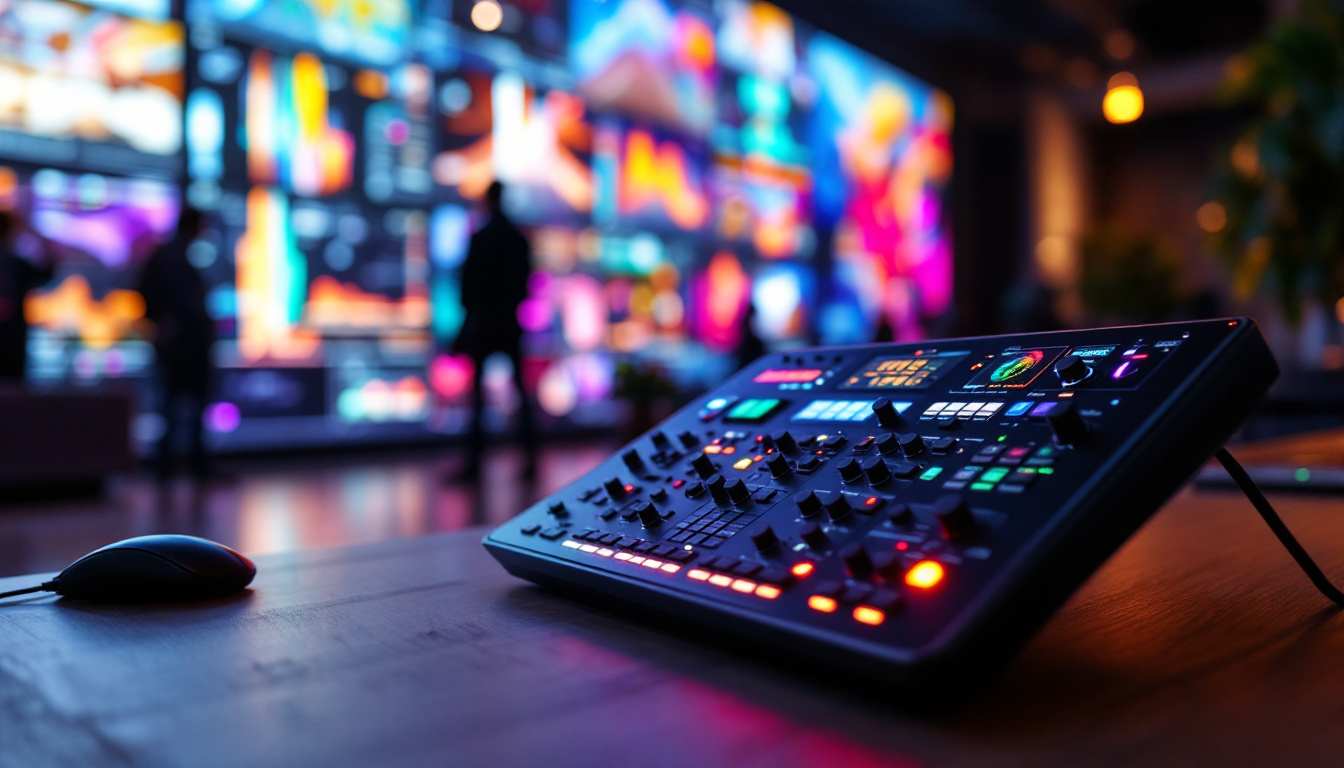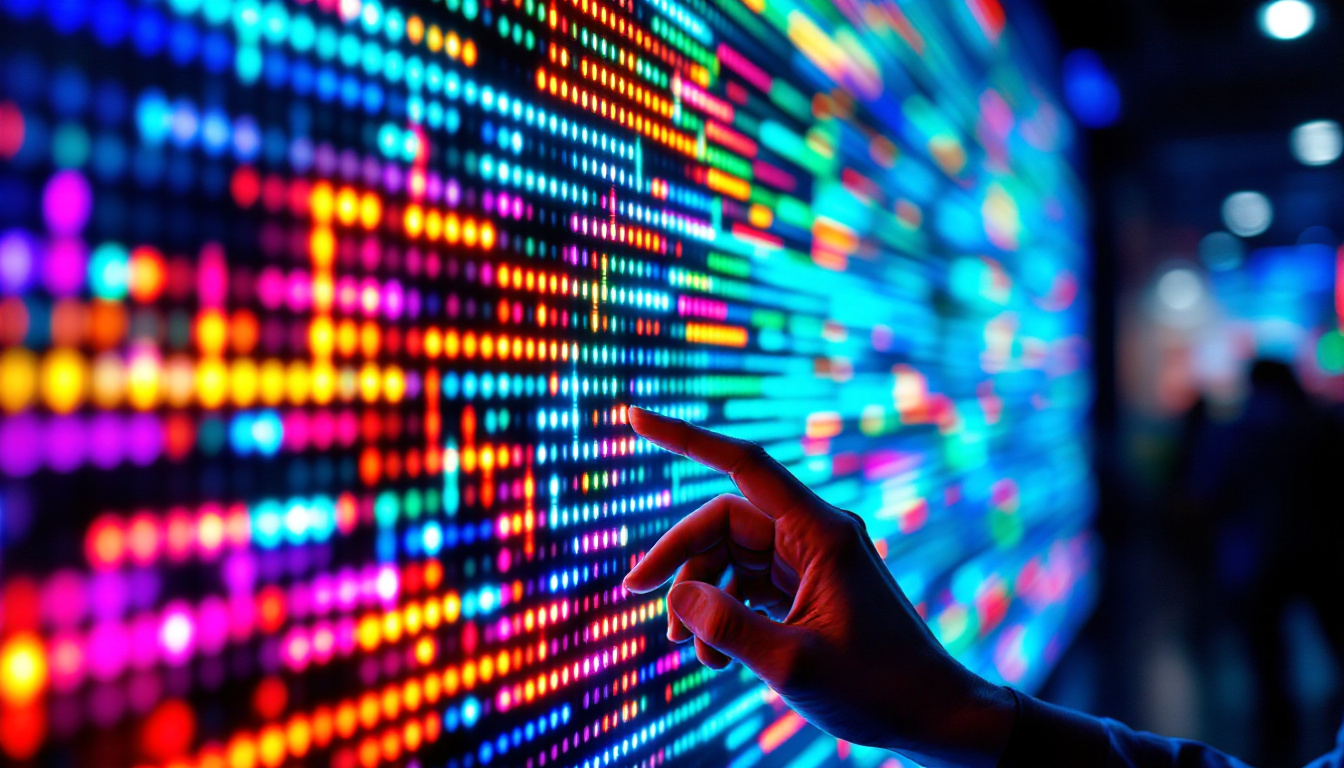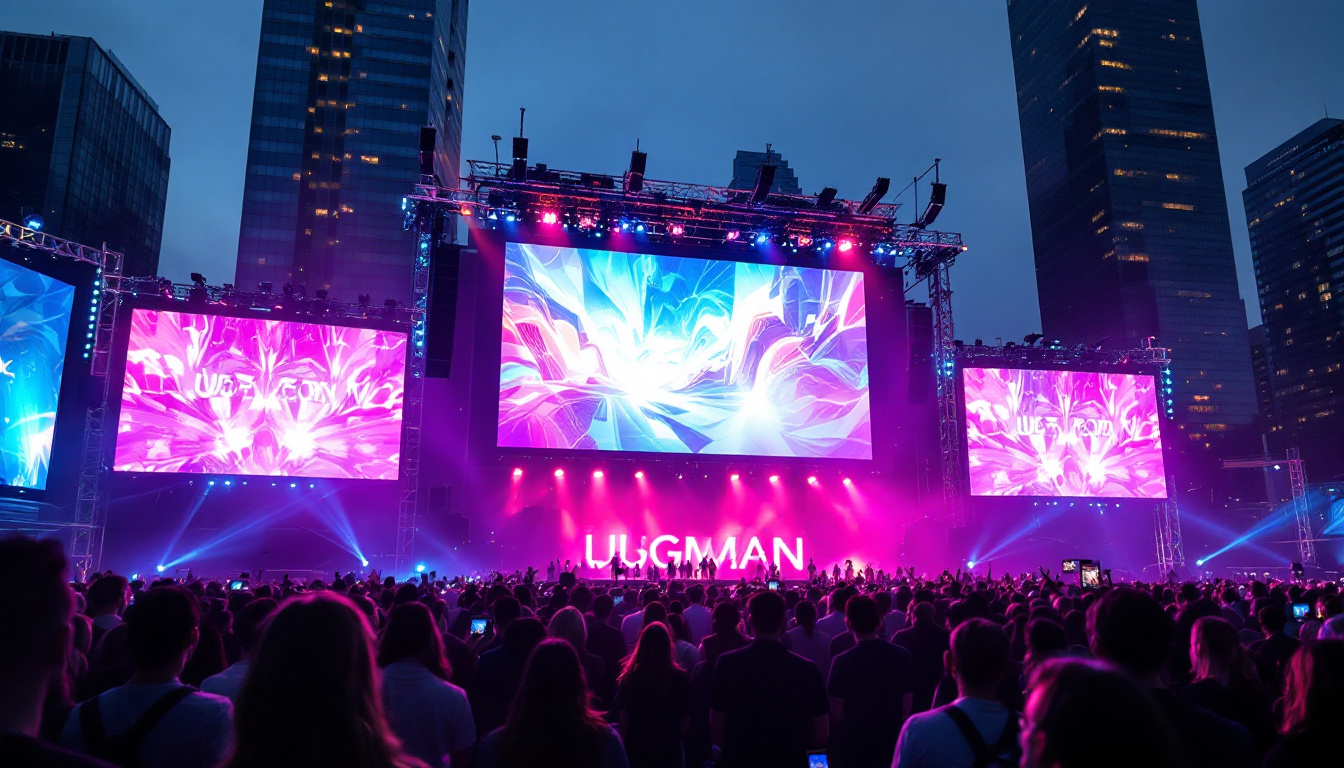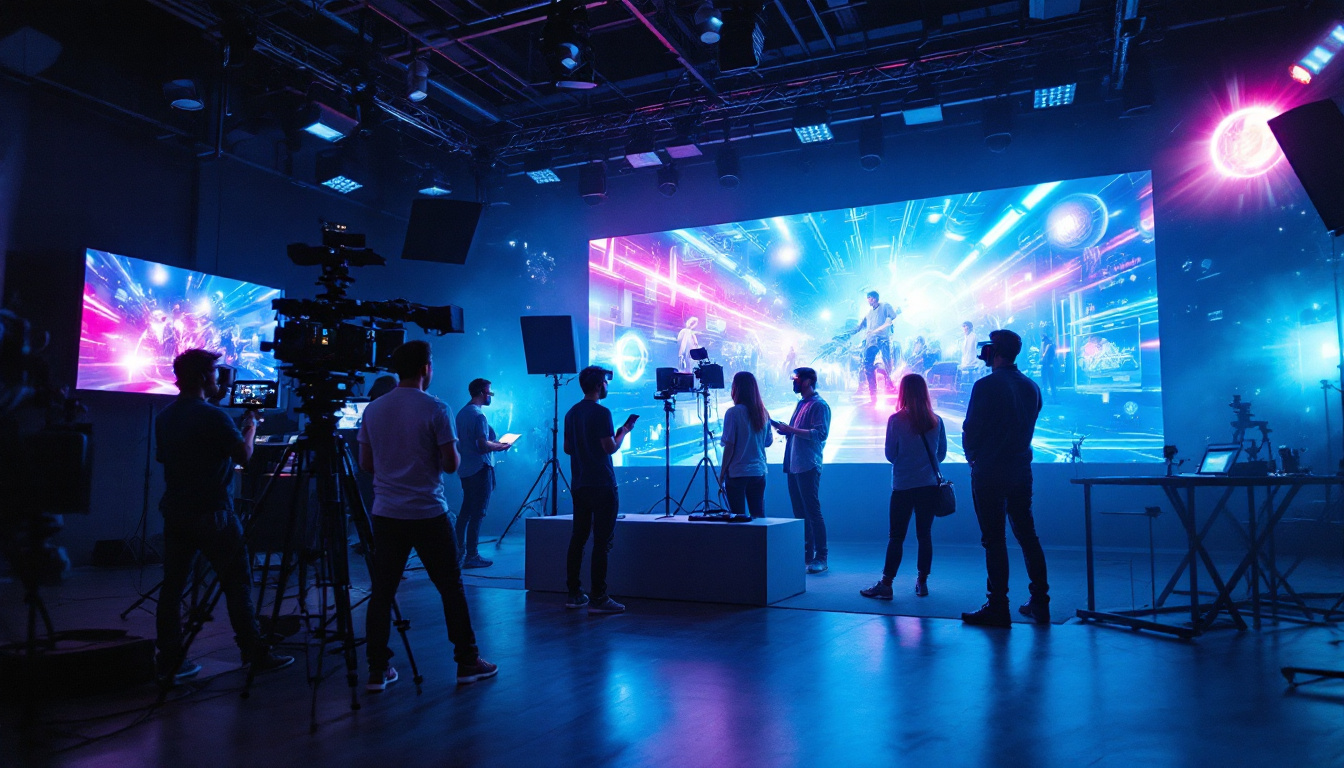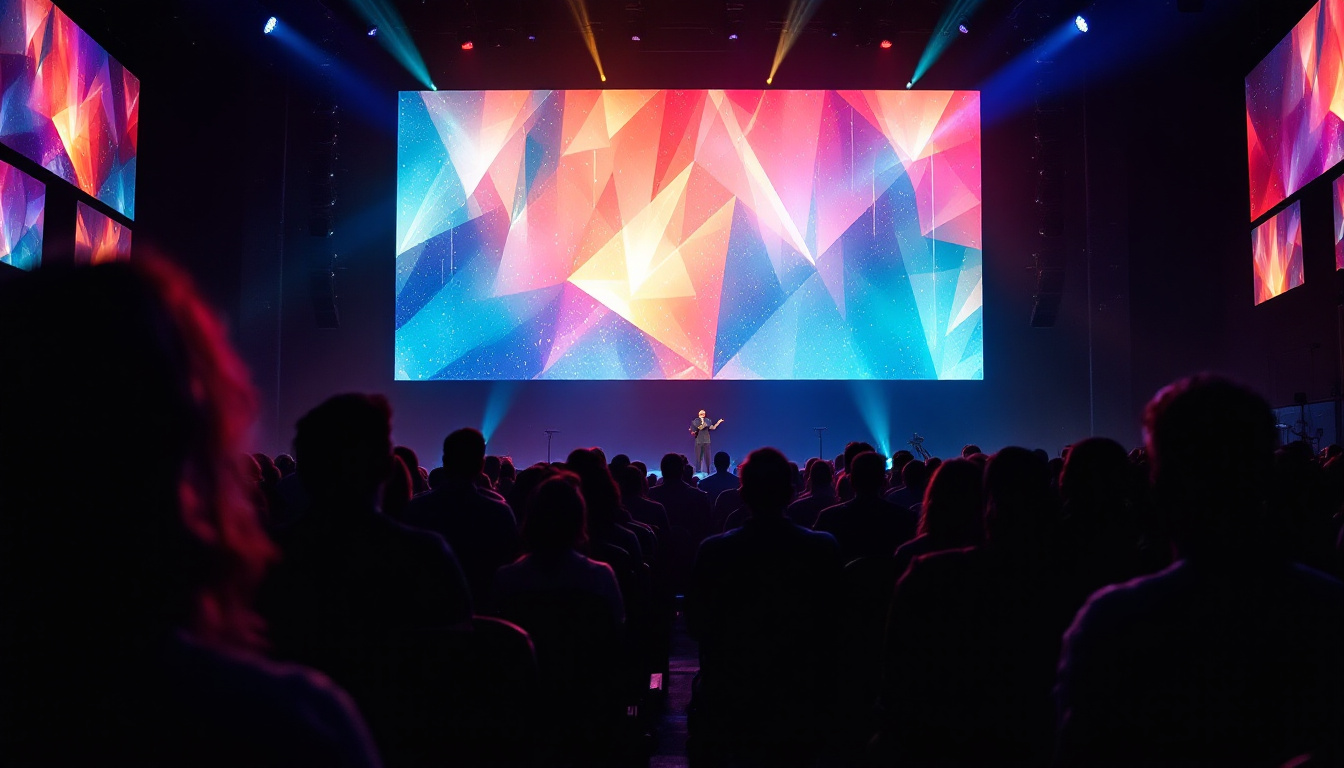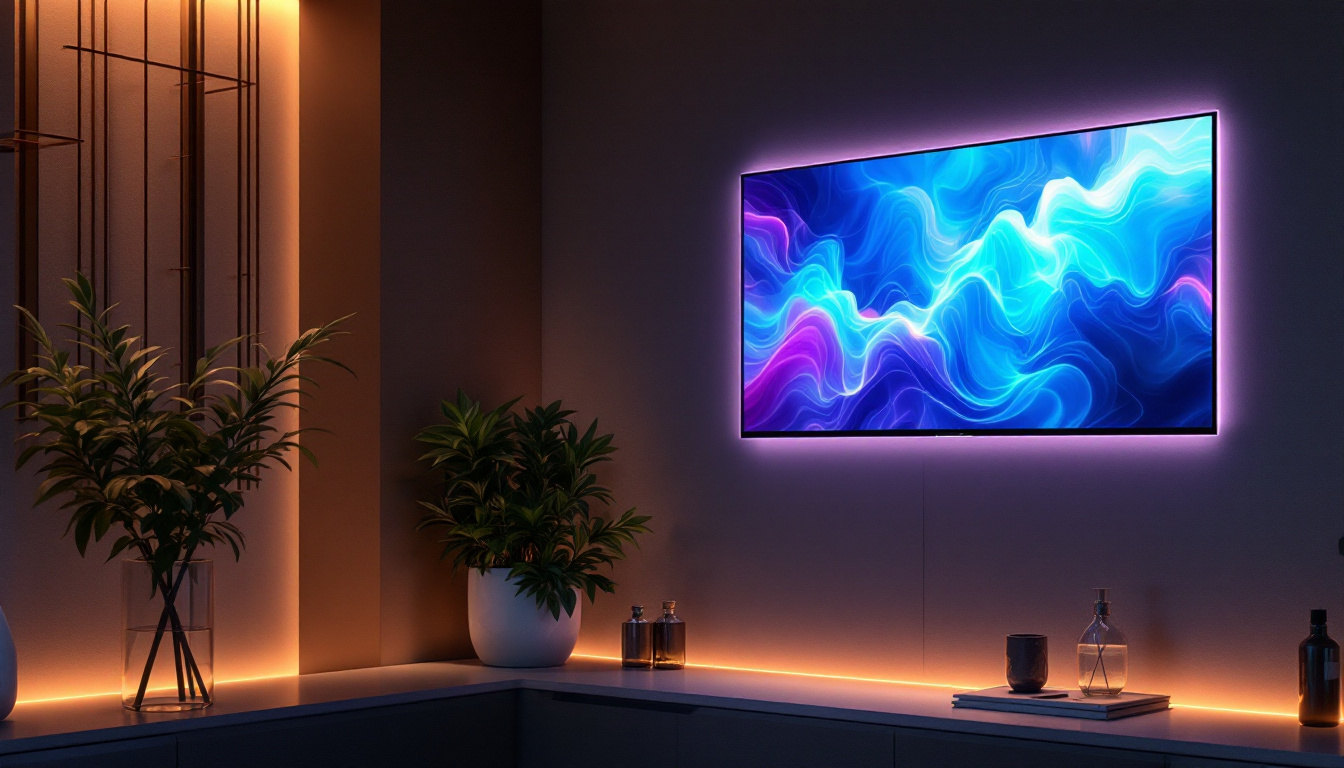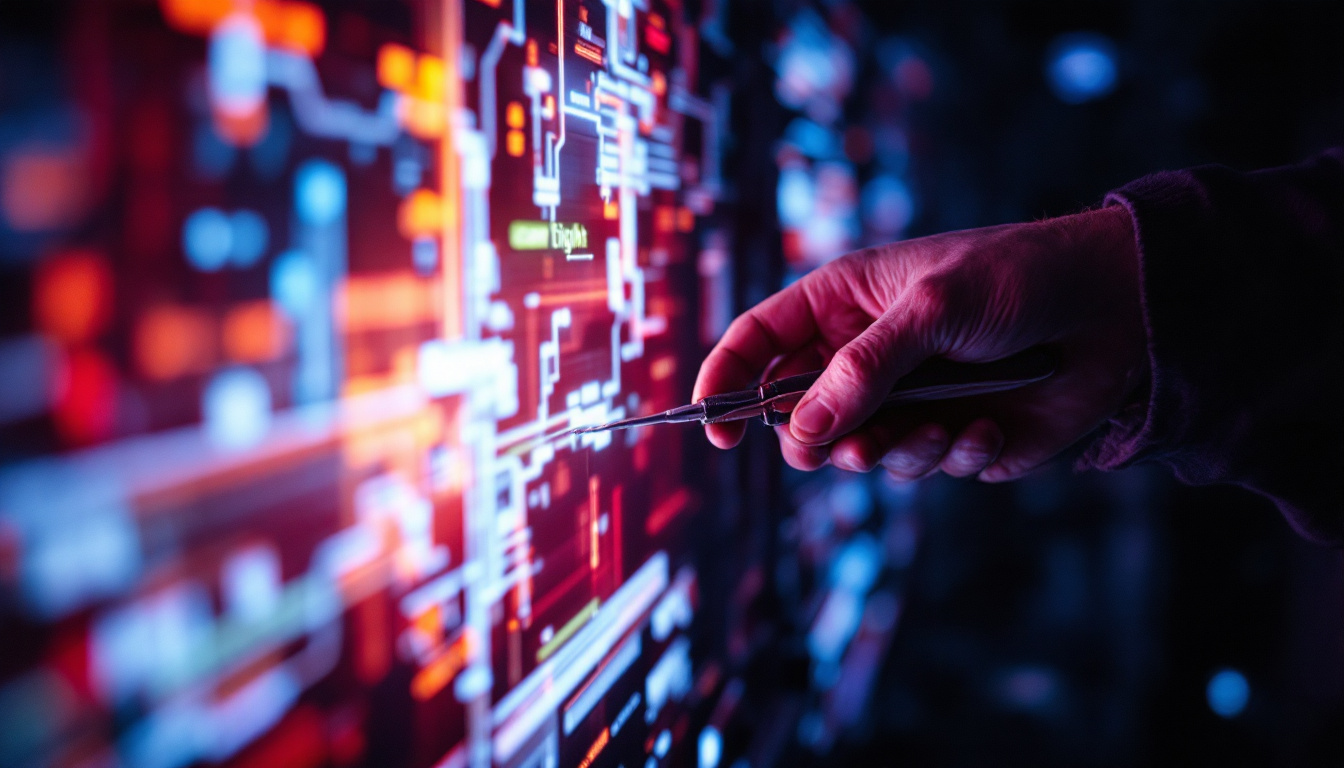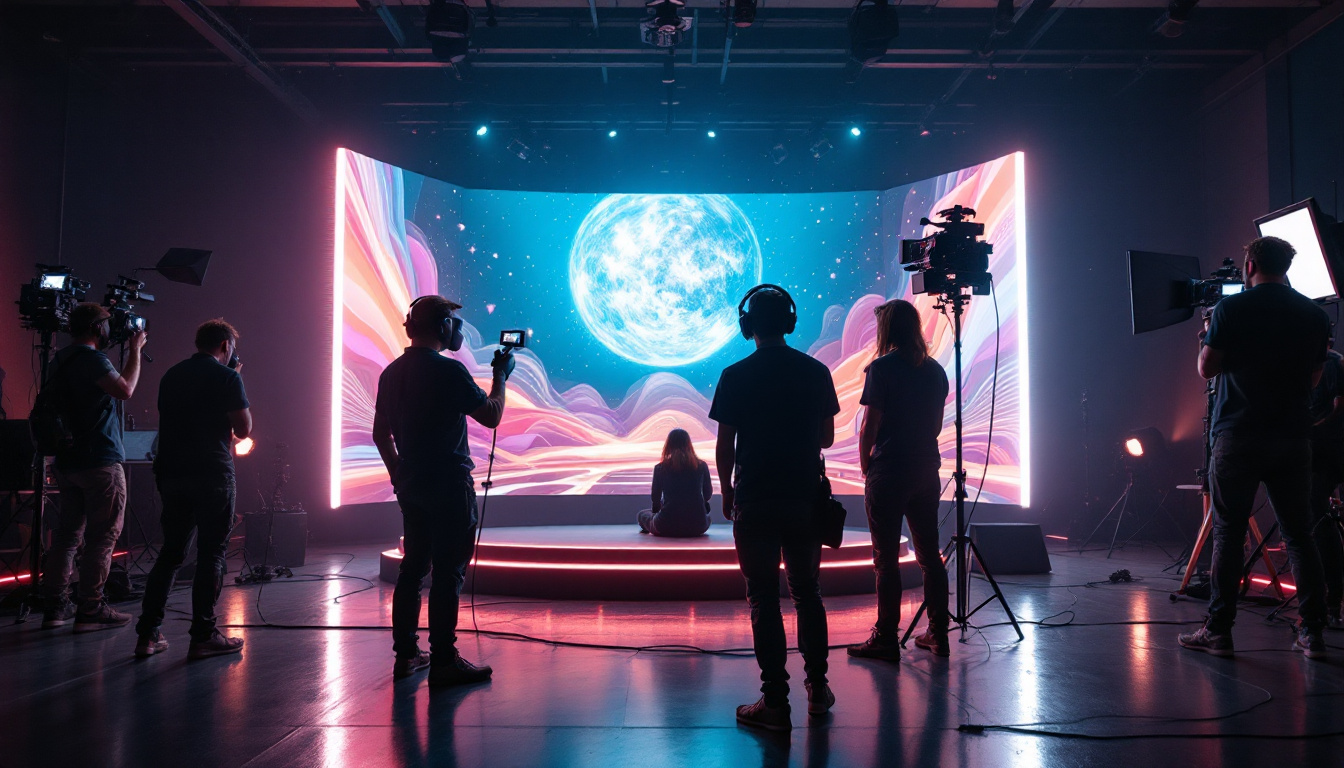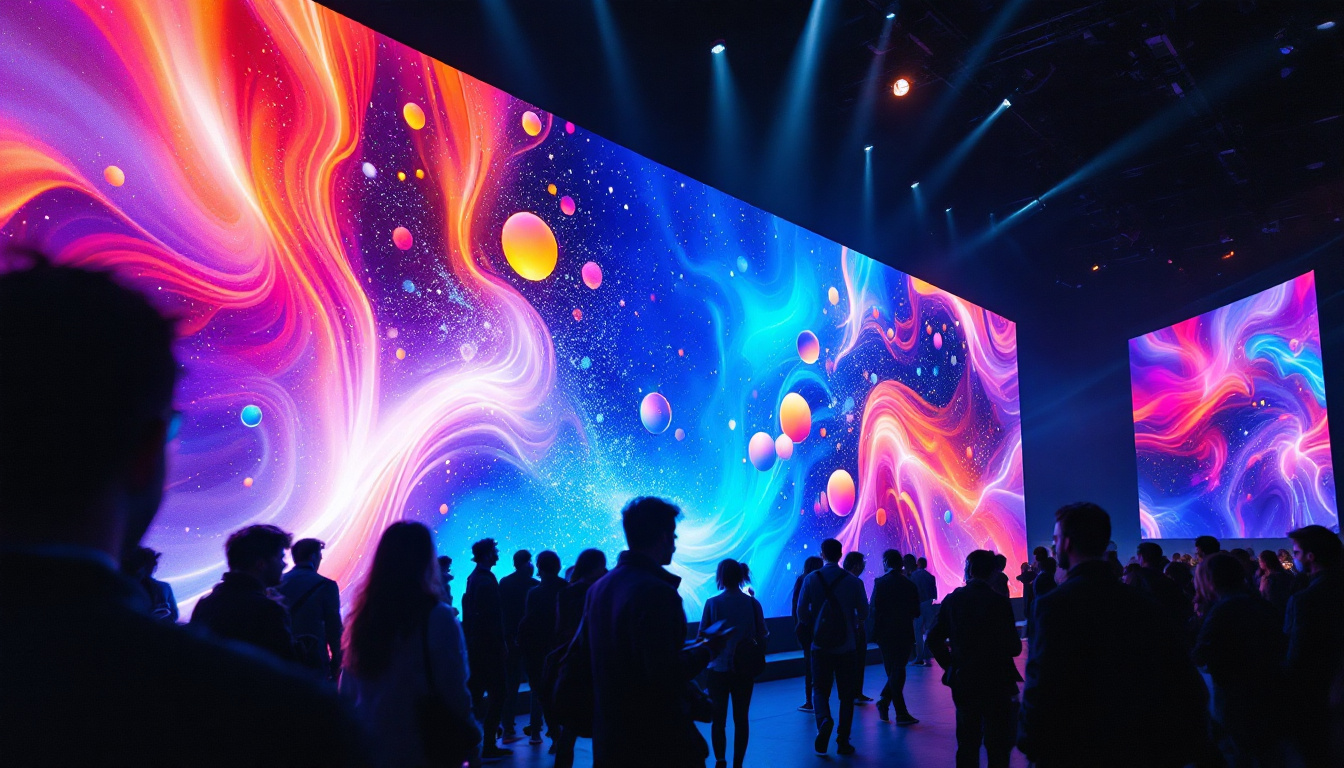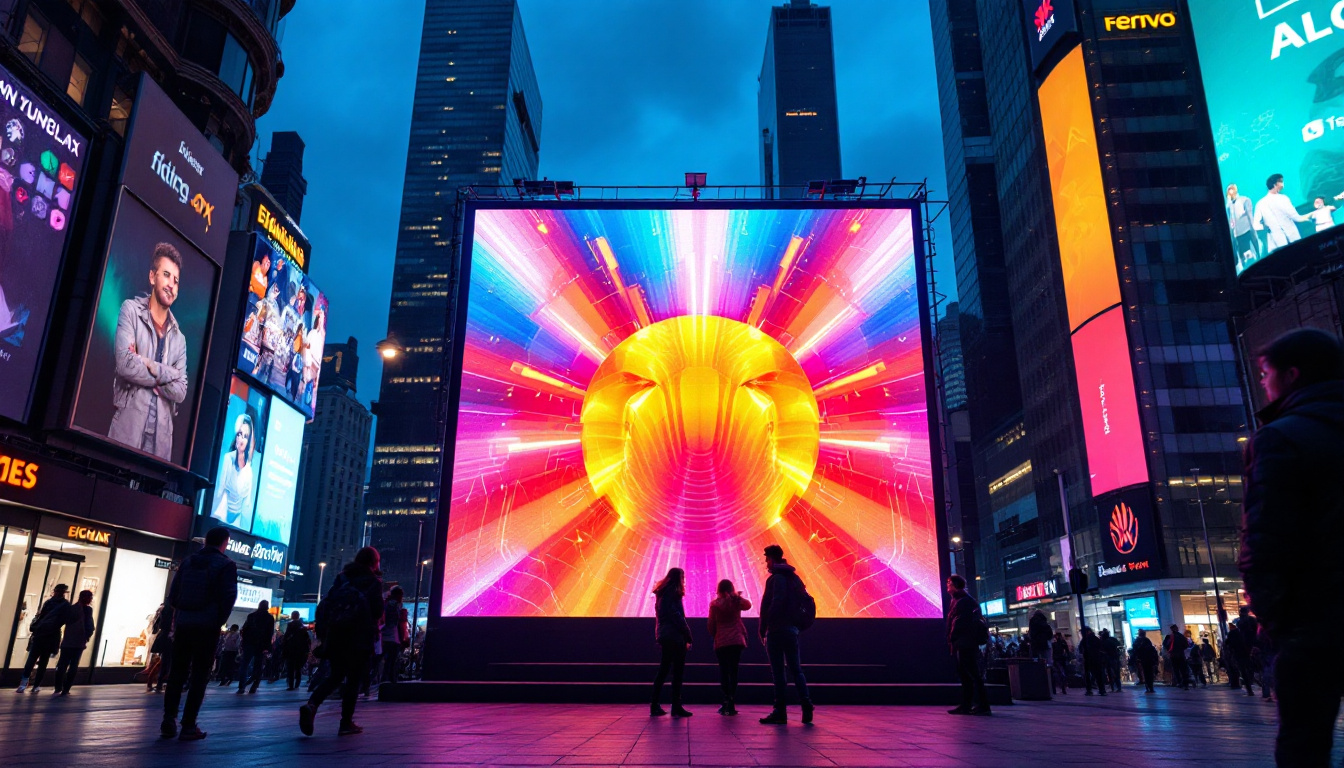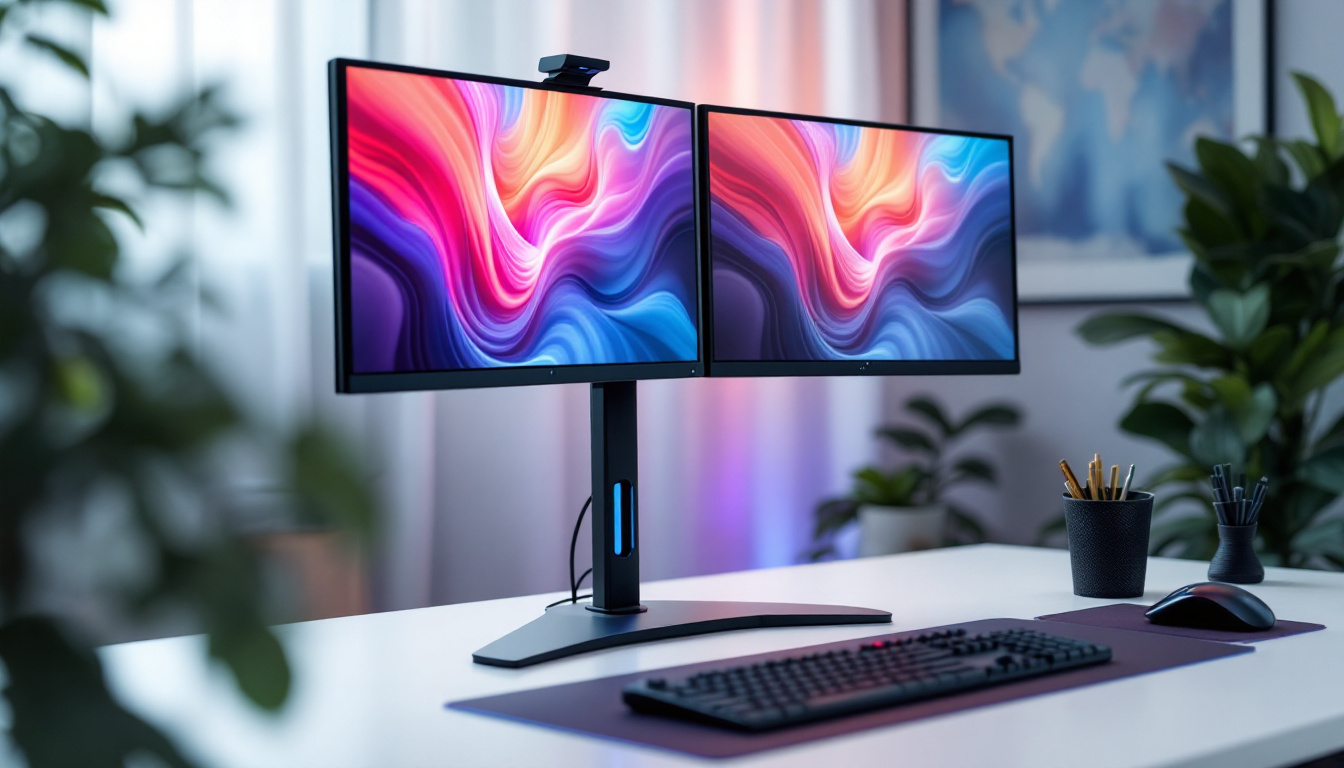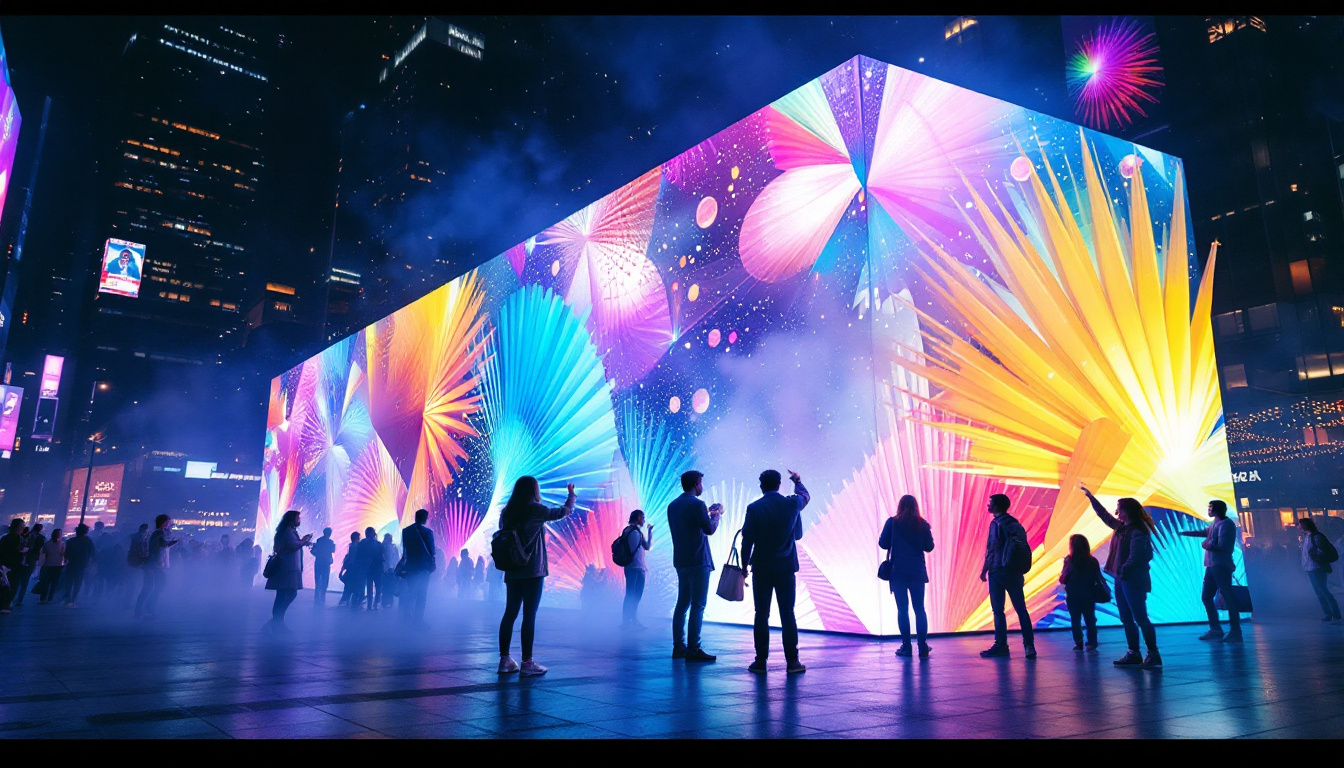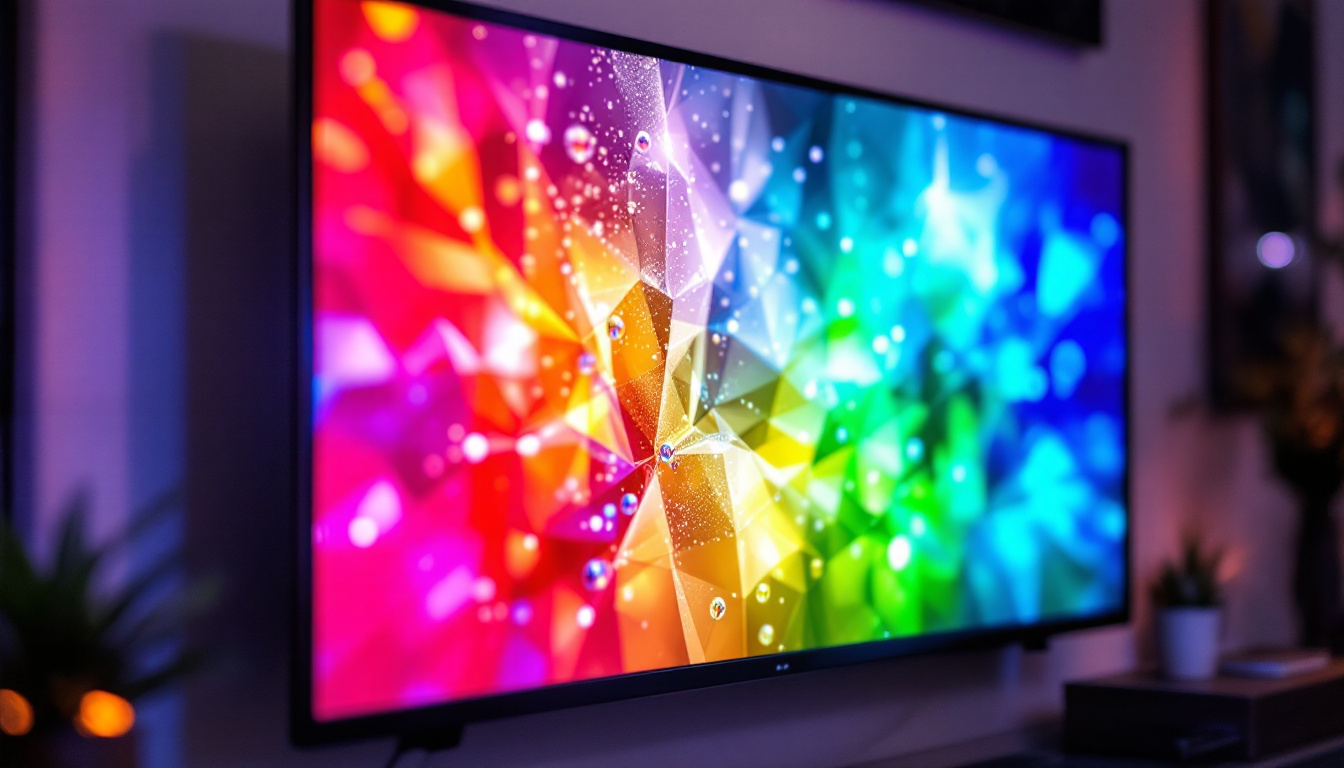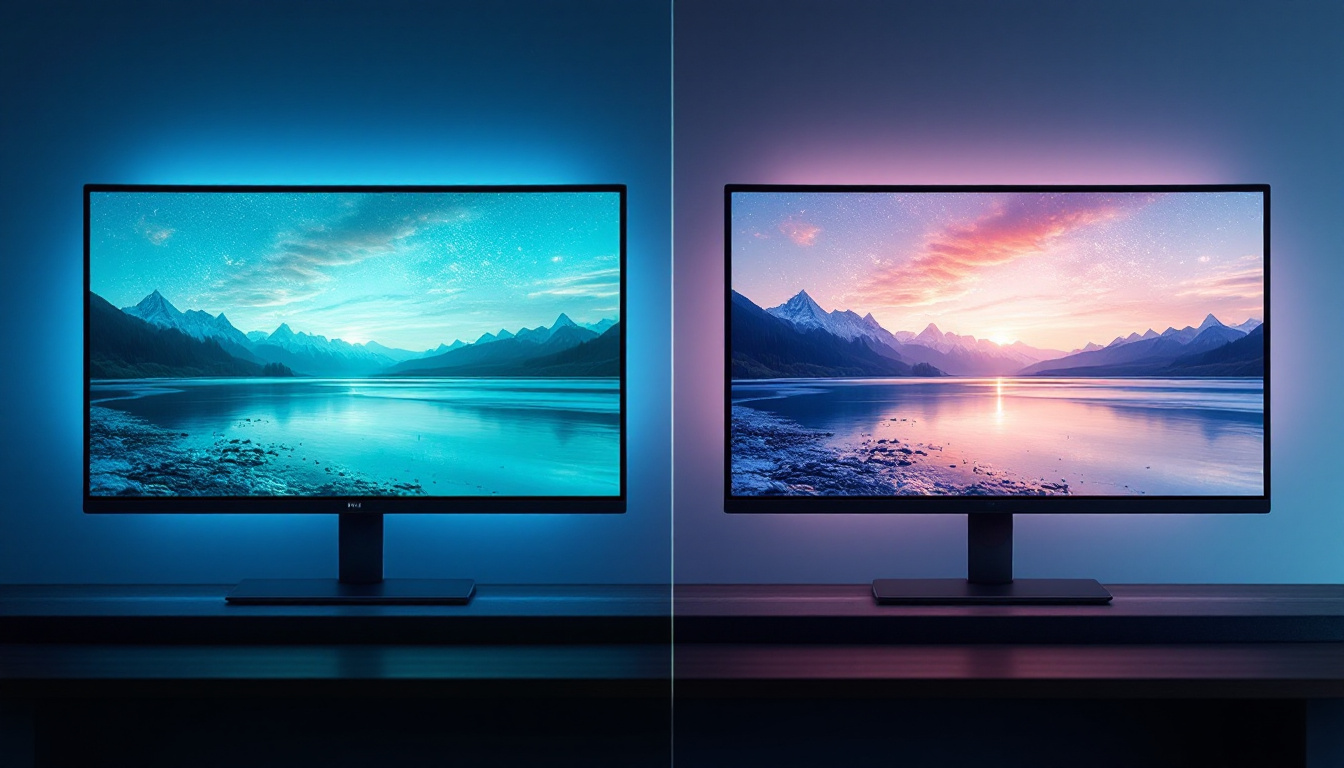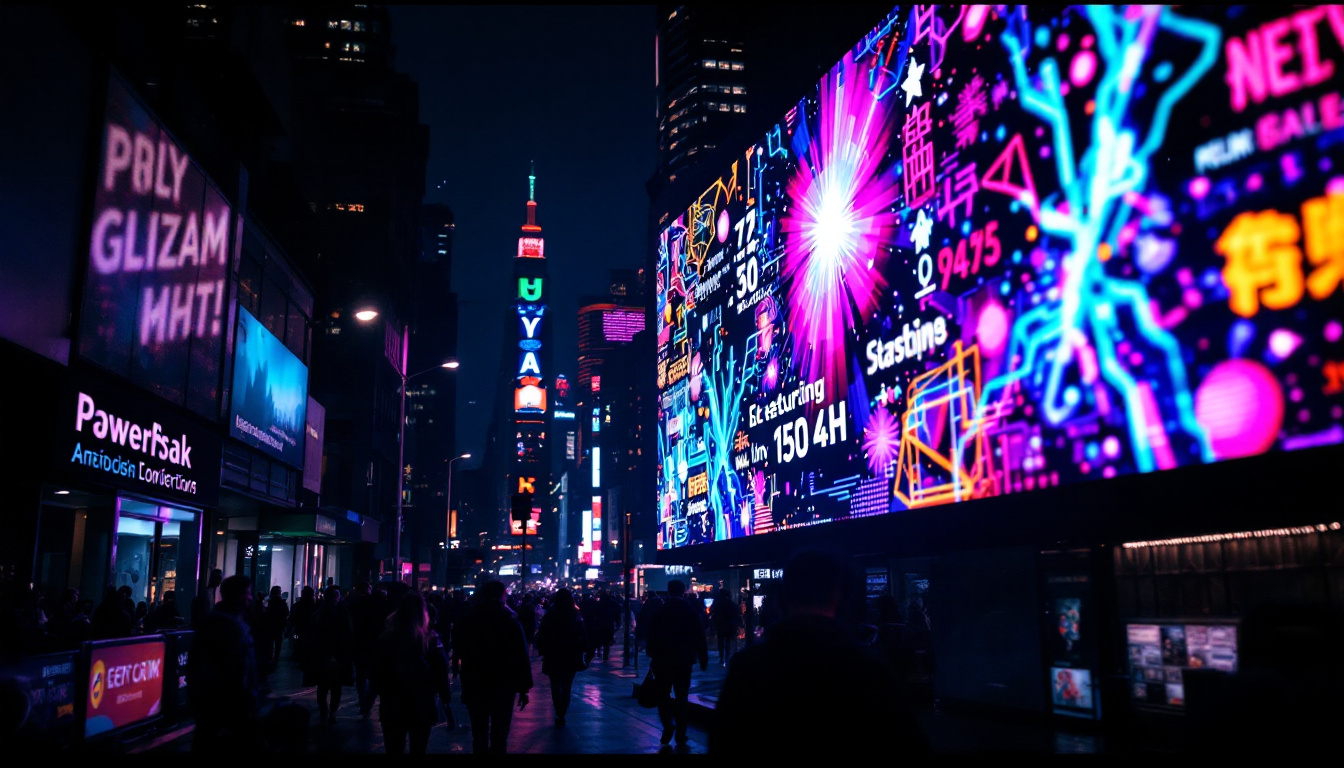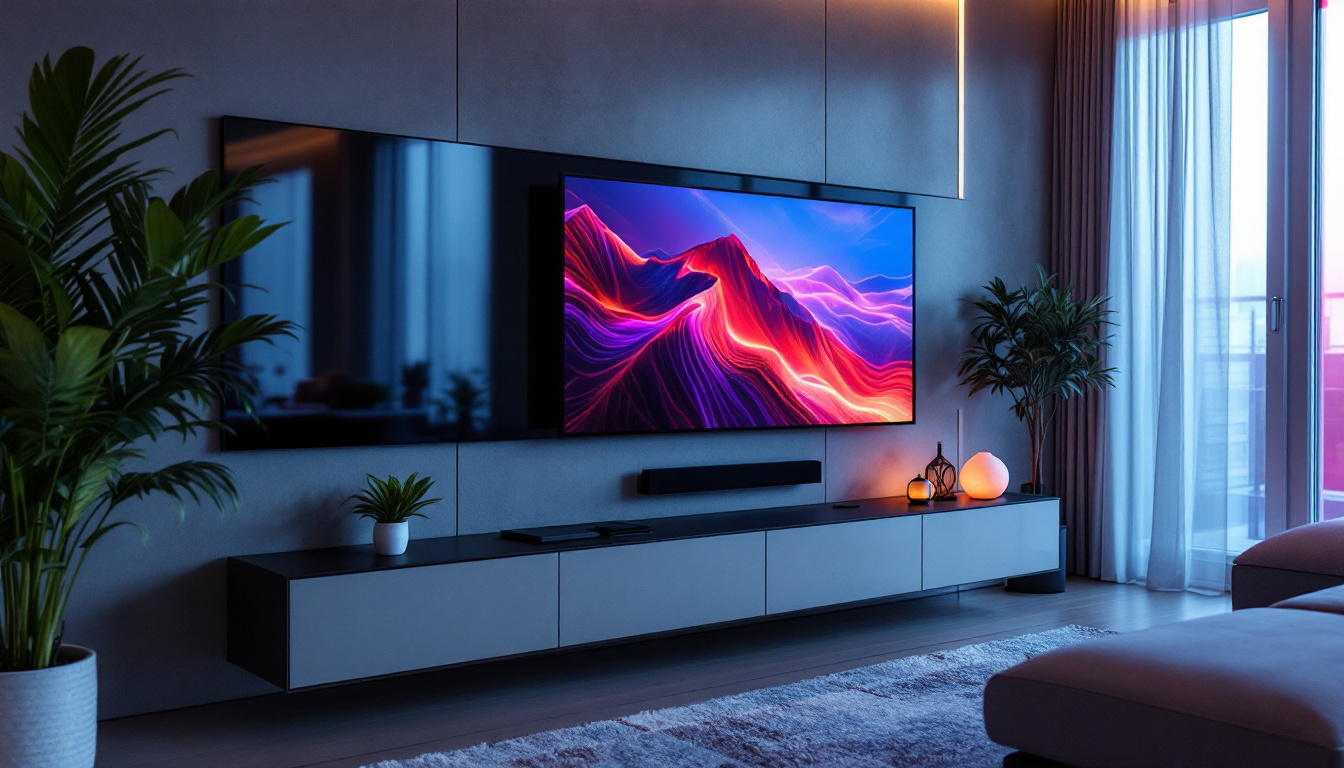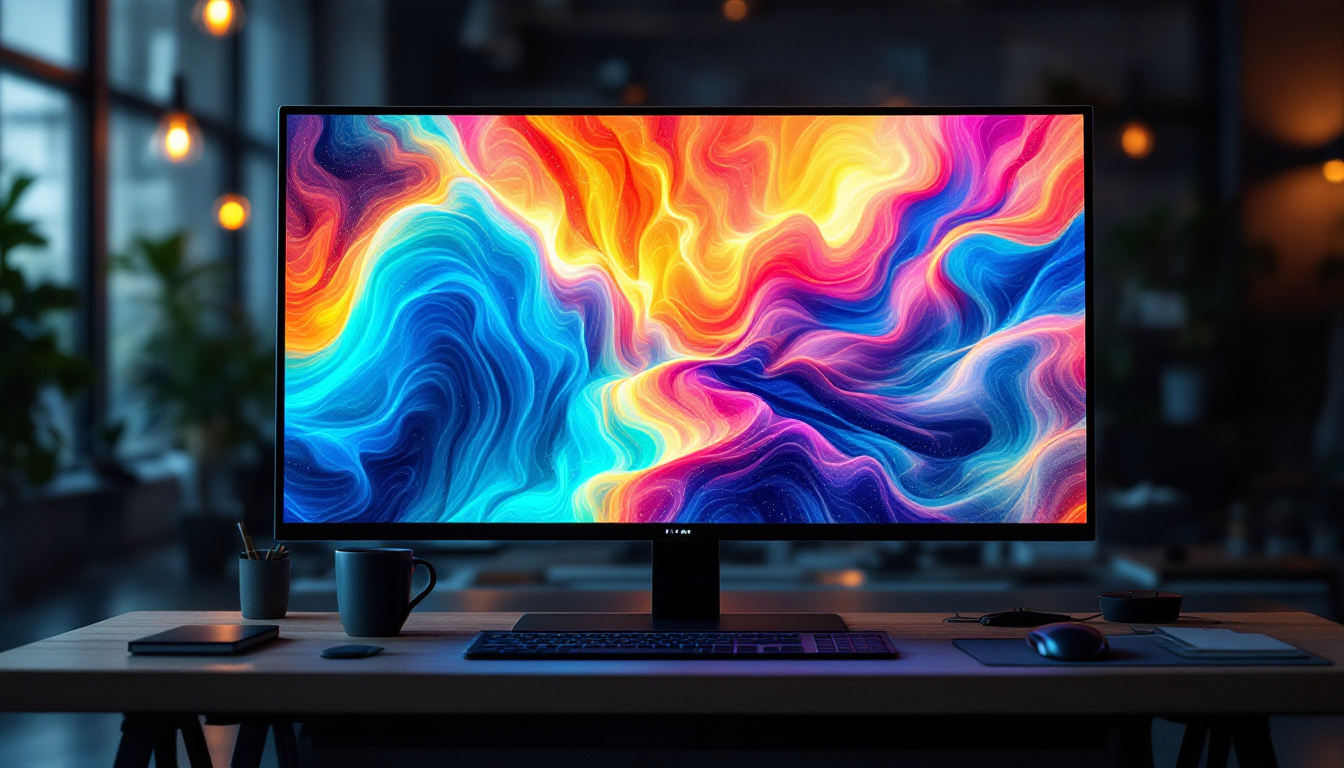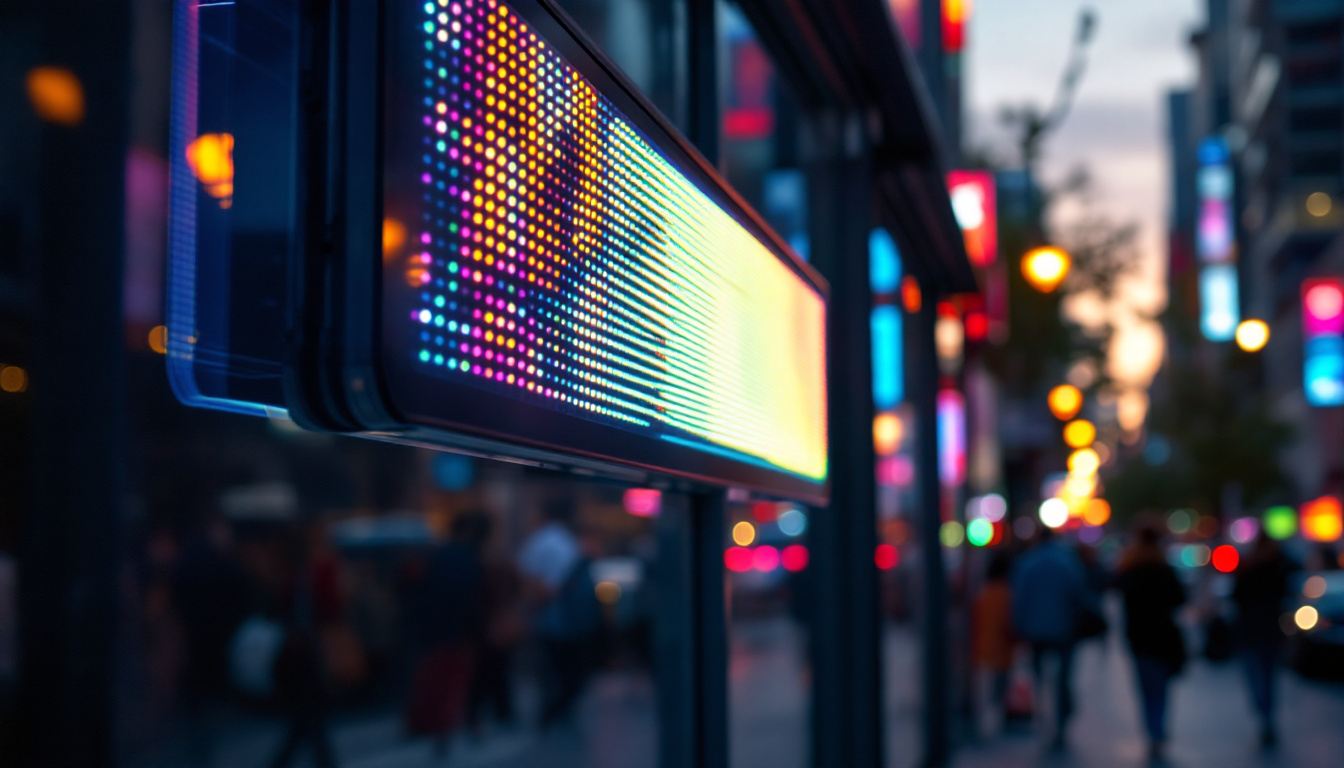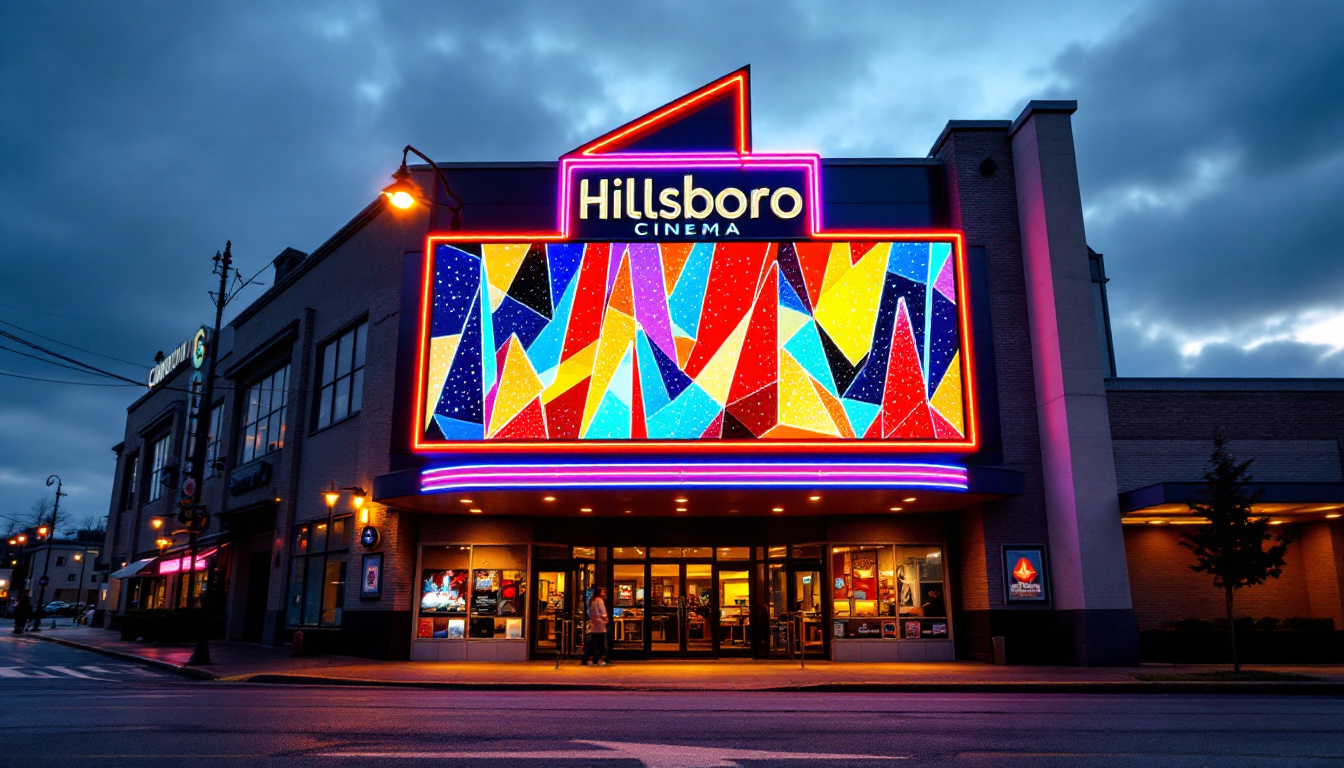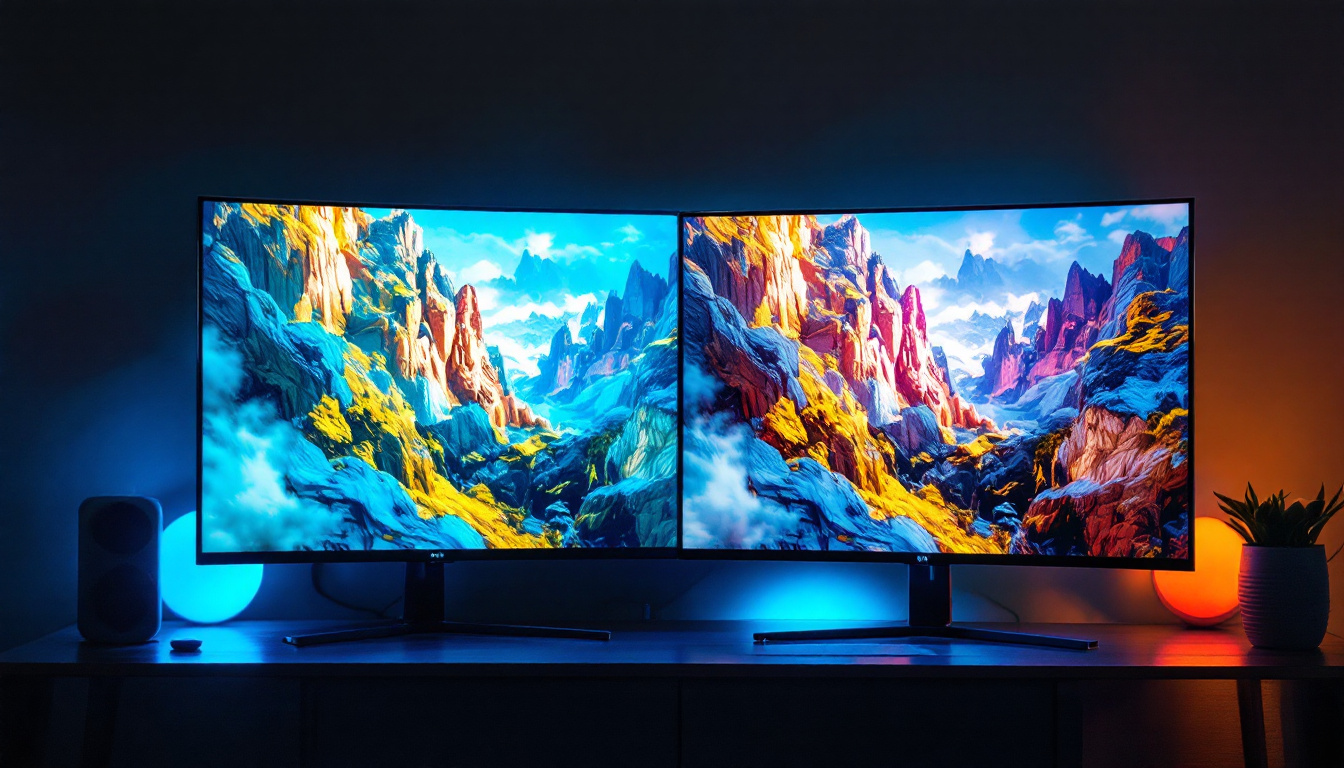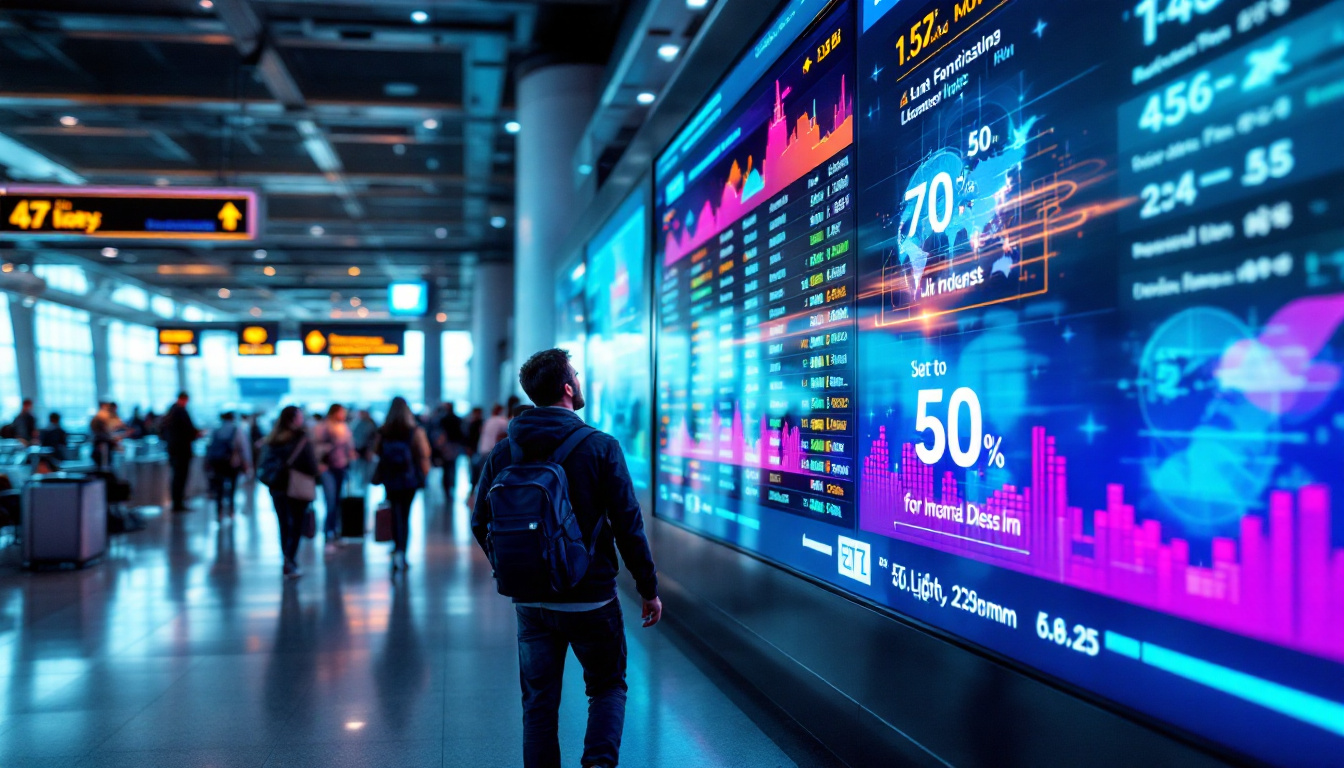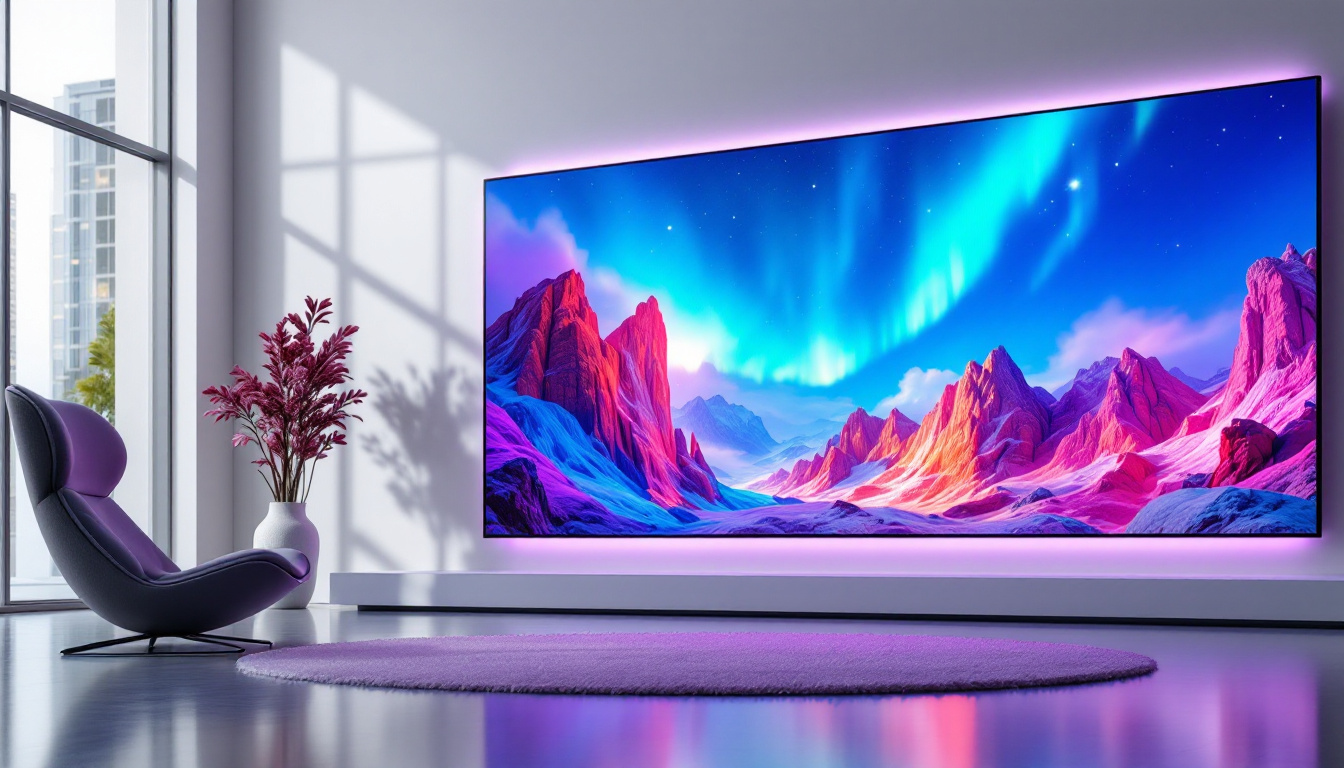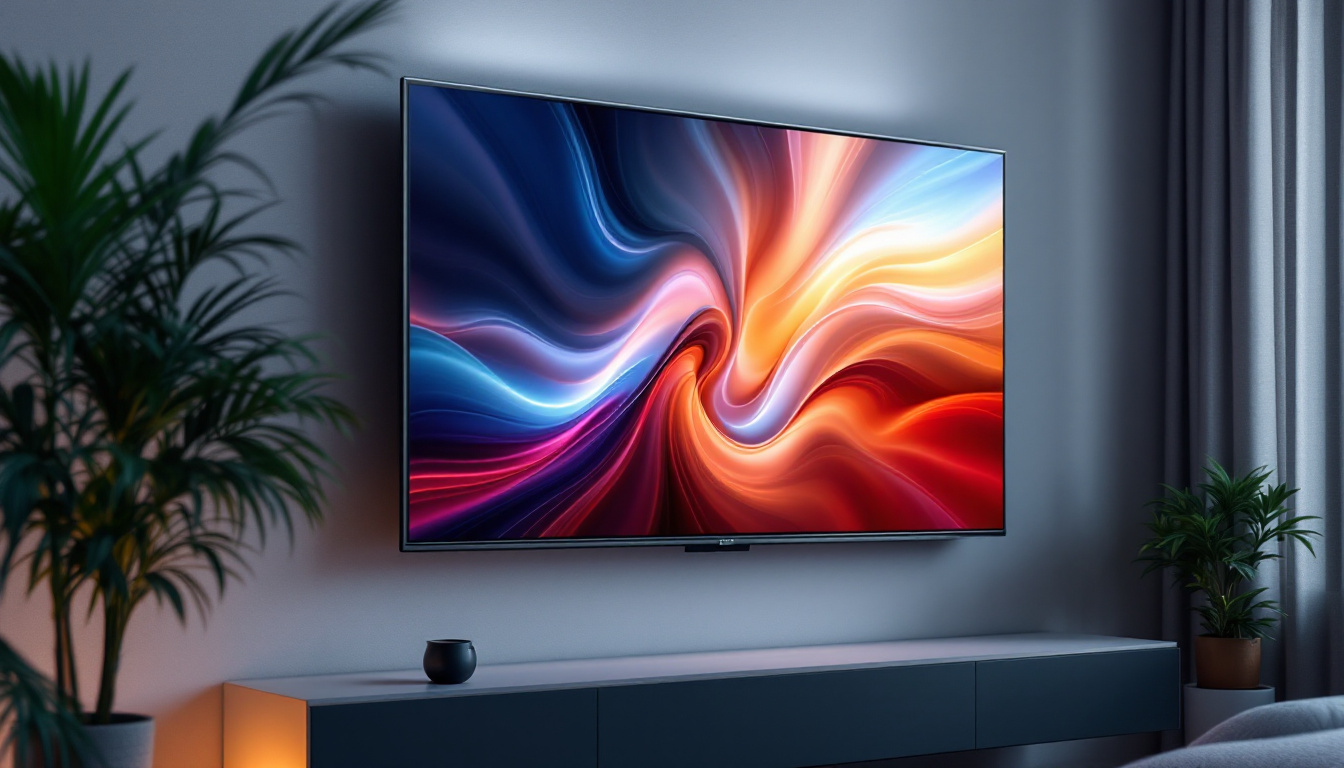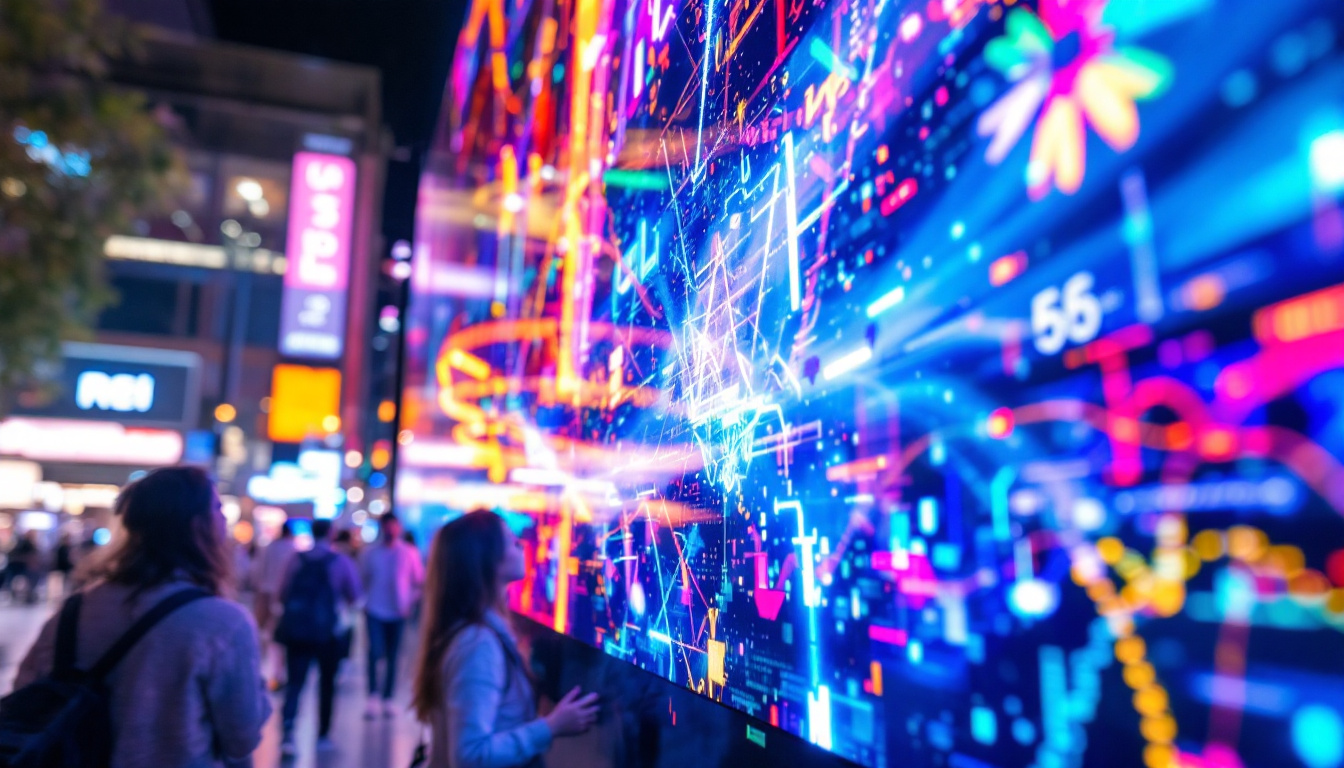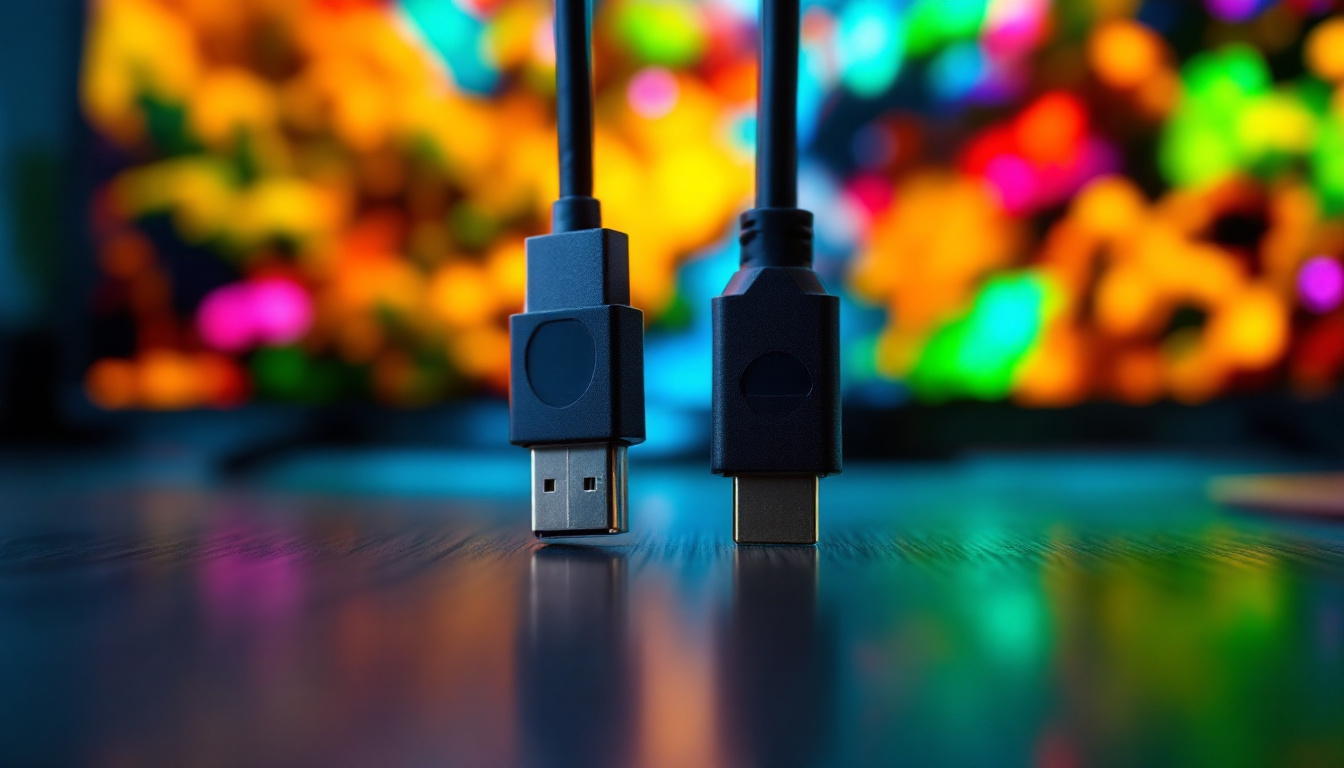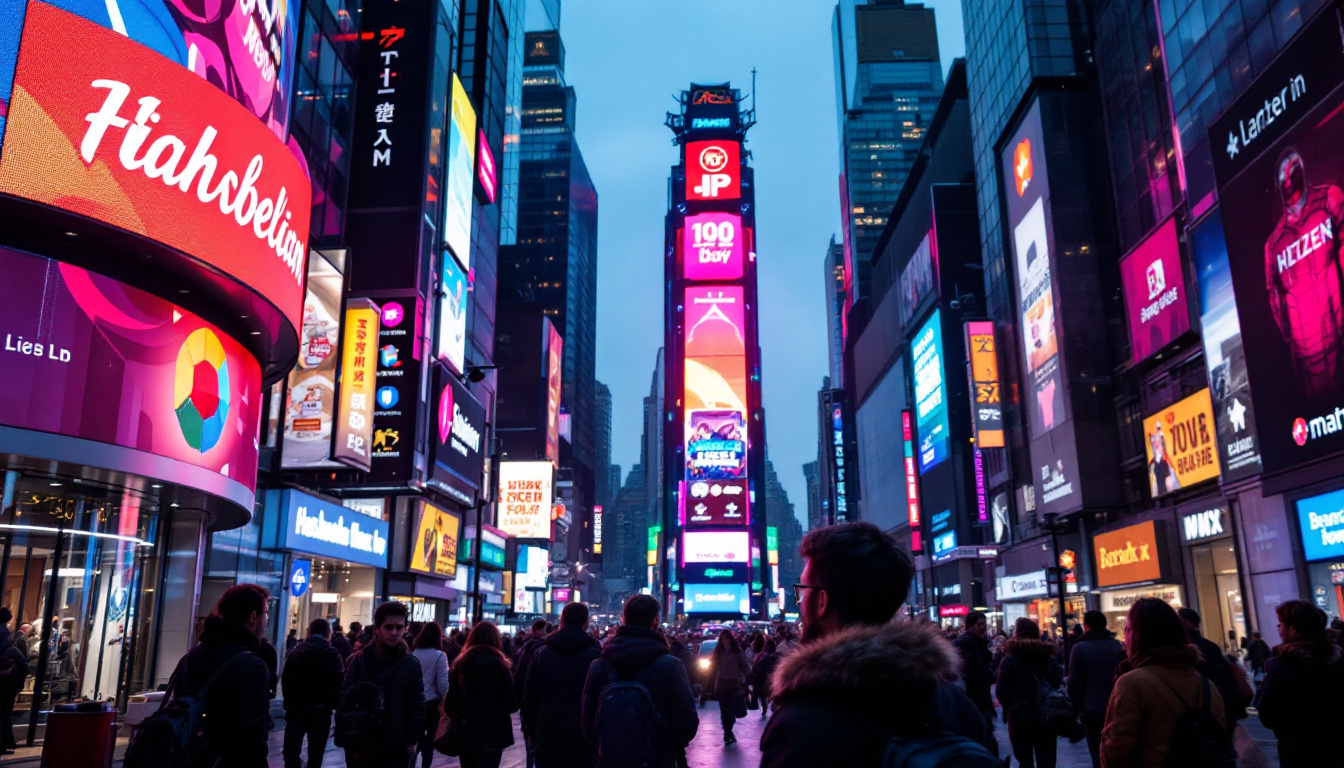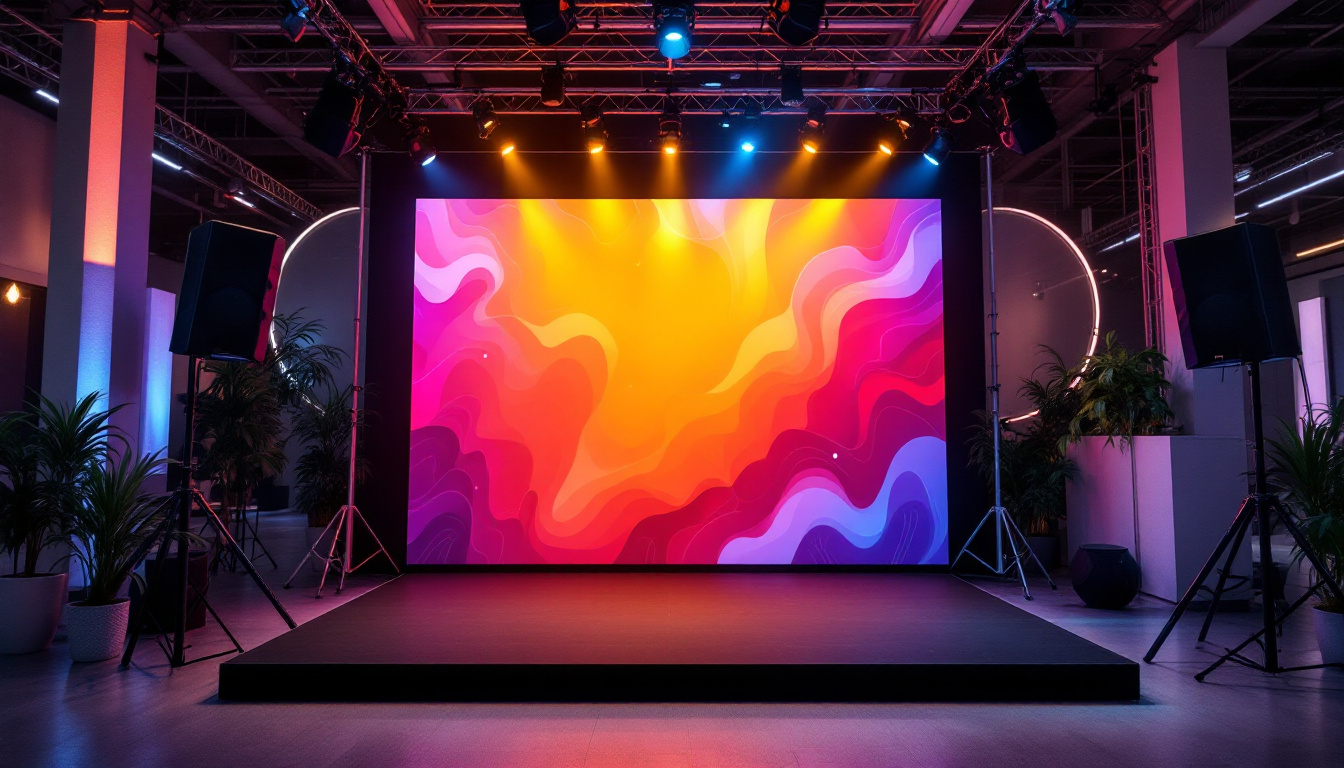In the realm of modern visual technology, video walls have emerged as a powerful medium for communication and entertainment. These large displays, composed of multiple screens, allow for dynamic presentations and immersive experiences. Central to the functionality of a video wall is the video wall controller, a device that manages the content displayed across the screens. This article delves into the intricacies of video wall controllers and LED displays, exploring their components, functionalities, and applications.
Understanding Video Wall Controllers
A video wall controller is an essential component that enables the seamless integration of multiple display screens into a cohesive visual experience. It acts as the brain of the video wall, processing and distributing video signals to each screen. The controller ensures that content is displayed accurately and in sync, regardless of the number of screens involved. This synchronization is crucial in environments where timing is key, such as in control rooms or during live performances, where even a slight delay can disrupt the viewer’s experience.
Key Functions of Video Wall Controllers
Video wall controllers perform several critical functions that enhance the overall performance of the display system. One of the primary functions is signal processing, where the controller takes various input sources, such as computers, cameras, or media players, and converts them into a format suitable for the screens. This processing often includes scaling, cropping, and color correction to ensure that the visuals are not only clear but also vibrant and true to life.
Another vital function is content management. The controller allows users to manage what is displayed on each screen, enabling the creation of dynamic layouts and presentations. This flexibility is essential for applications ranging from advertising to live event broadcasting. Advanced controllers also support real-time content updates, allowing operators to change what is shown on the fly, which is particularly useful in fast-paced environments like sports arenas or news studios where information needs to be current and engaging.
Types of Video Wall Controllers
Video wall controllers come in various types, each designed to cater to specific needs and environments. The most common types include hardware-based controllers, software-based controllers, and cloud-based solutions. Hardware-based controllers are dedicated devices that offer high performance and reliability, making them ideal for large-scale installations. These systems often include multiple output ports and can handle high-resolution content, making them suitable for applications that require detailed imagery, such as digital art exhibits or corporate presentations.
Software-based controllers, on the other hand, leverage existing hardware, allowing for more flexibility and cost-effectiveness. They can be installed on standard PCs or servers, making them accessible for smaller businesses or organizations with budget constraints. Cloud-based solutions are gaining popularity due to their scalability and ease of access, enabling users to manage content from anywhere with an internet connection. This feature is particularly advantageous for companies with multiple locations, as it allows for centralized control of marketing displays or information boards, ensuring consistency across all platforms while reducing the need for on-site technical support.
LED Displays: The Heart of Video Walls
LED (Light Emitting Diode) displays are the preferred technology for video walls due to their brightness, energy efficiency, and versatility. These displays consist of numerous small LED modules that emit light when an electric current passes through them. The combination of these modules creates vibrant images and videos that can be viewed from various angles.
Advantages of LED Displays
One of the primary advantages of LED displays is their exceptional brightness. This quality makes them suitable for both indoor and outdoor environments, where ambient light can affect visibility. Additionally, LED displays have a longer lifespan compared to traditional display technologies, reducing maintenance costs over time.
Another significant benefit is their energy efficiency. LED technology consumes less power than other display types, making it an eco-friendly option. This efficiency not only lowers operational costs but also supports sustainability initiatives in various industries.
Understanding Pixel Pitch
Pixel pitch is a crucial factor in determining the quality and clarity of an LED display. It refers to the distance between the center of one pixel to the center of an adjacent pixel, usually measured in millimeters. A smaller pixel pitch results in higher resolution and sharper images, making it ideal for close viewing distances.
When selecting an LED display for a video wall, understanding pixel pitch is essential to ensure that the display meets the specific requirements of the intended application, whether it be for advertising, information dissemination, or entertainment.
Applications of Video Wall Controllers and LED Displays
The versatility of video wall controllers and LED displays allows them to be utilized in a wide range of applications across various industries. From corporate environments to public spaces, the impact of these technologies is profound and far-reaching.
Corporate and Business Use
In corporate settings, video walls are often used for presentations, conferences, and collaborative workspaces. They facilitate effective communication by displaying data, charts, and videos in a visually appealing manner. Video wall controllers enable seamless transitions between different content sources, ensuring that presentations run smoothly.
Additionally, businesses use video walls for digital signage to promote products, services, or events. The ability to update content remotely through the video wall controller enhances marketing efforts and engages customers effectively.
Entertainment and Events
Video walls have become a staple in the entertainment industry, particularly in concerts, festivals, and sporting events. They provide an immersive experience for audiences, displaying live feeds, graphics, and animations that enhance the overall atmosphere. The flexibility of video wall controllers allows event organizers to create dynamic visual experiences tailored to the theme of the event.
Moreover, video walls are increasingly used in theaters and cinemas to create stunning visual backdrops, enhancing storytelling and audience engagement. The integration of LED displays with advanced video wall controllers enables creative possibilities that were previously unattainable.
Public Spaces and Transportation Hubs
Public spaces, such as airports, train stations, and shopping malls, utilize video walls to convey important information and advertisements. The ability to display real-time updates, such as flight information or promotional content, enhances the user experience in these environments.
Video wall controllers allow for the integration of various data sources, ensuring that the displayed information is accurate and timely. This capability is particularly crucial in transportation hubs, where clear communication is essential for passenger safety and convenience.
Choosing the Right Video Wall Controller
Selecting the appropriate video wall controller is critical to the success of any video wall installation. Various factors should be considered to ensure that the chosen controller meets the specific needs of the application.
Scalability and Flexibility
One of the first considerations when choosing a video wall controller is scalability. As businesses grow or change, the video wall may need to expand or adapt to new requirements. A scalable controller allows for easy integration of additional screens or content sources without significant upgrades.
Flexibility is equally important. The ability to manage multiple content types and sources, as well as create custom layouts, is essential for maximizing the potential of the video wall. A versatile controller will enable users to adapt their content to various situations and audiences effectively.
Performance and Reliability
Performance is a key factor in determining the effectiveness of a video wall controller. High-resolution content and multiple input sources require a controller that can handle the processing demands without lag or interruption. Reliability is also crucial, as any downtime can significantly impact the effectiveness of the display.
Investing in a high-quality video wall controller ensures that the system operates smoothly, providing a consistent and engaging visual experience for viewers.
Future Trends in Video Wall Technology
The landscape of video wall technology is continually evolving, driven by advancements in display technology and user demands. Several trends are emerging that are likely to shape the future of video walls and their controllers.
Integration with AI and Machine Learning
As artificial intelligence (AI) and machine learning technologies advance, their integration into video wall systems is becoming increasingly common. These technologies can analyze viewer behavior and preferences, allowing for personalized content delivery. Video wall controllers equipped with AI capabilities can optimize content based on real-time data, enhancing viewer engagement.
This integration opens up new possibilities for targeted advertising and dynamic content management, making video walls even more effective as communication tools.
Increased Use of 3D and Immersive Technologies
The demand for immersive experiences is driving the development of 3D video walls and augmented reality (AR) applications. Video wall controllers are evolving to support these technologies, allowing for the creation of stunning visual displays that captivate audiences.
As 3D content becomes more mainstream, the ability to deliver high-quality visuals that engage viewers in new ways will be a significant advantage for businesses and organizations utilizing video walls.
Enhanced Connectivity and Interactivity
Future video wall controllers are expected to feature enhanced connectivity options, allowing for seamless integration with various devices and platforms. This connectivity will facilitate interactive experiences, enabling users to engage with content in real time.
Interactive video walls can transform the way audiences experience content, from touch-enabled displays to gesture recognition technologies. This trend will likely redefine how businesses and organizations communicate with their audiences, making the video wall an even more powerful tool.
Conclusion
Video wall controllers and LED displays play a pivotal role in the modern visual landscape, offering innovative solutions for communication, advertising, and entertainment. Understanding the intricacies of these technologies is essential for businesses and organizations looking to leverage their capabilities effectively.
As technology continues to evolve, staying informed about the latest trends and advancements will be crucial for maximizing the potential of video walls. With the right video wall controller and LED display, organizations can create captivating visual experiences that engage audiences and drive results.
Discover LumenMatrix LED Display Solutions
Ready to elevate your visual communication with cutting-edge technology? LumenMatrix, a leader in LED display innovation, offers a comprehensive range of solutions tailored to your needs. From Indoor and Outdoor LED Wall Displays to specialized options like Vehicle, Sports, and Floor LED Displays, our products are designed to captivate your audience and amplify your message. Embrace the future of digital signage with our Custom, All-in-One, and Transparent LED Displays. Check out LumenMatrix LED Display Solutions today and transform your space into a dynamic visual experience.

